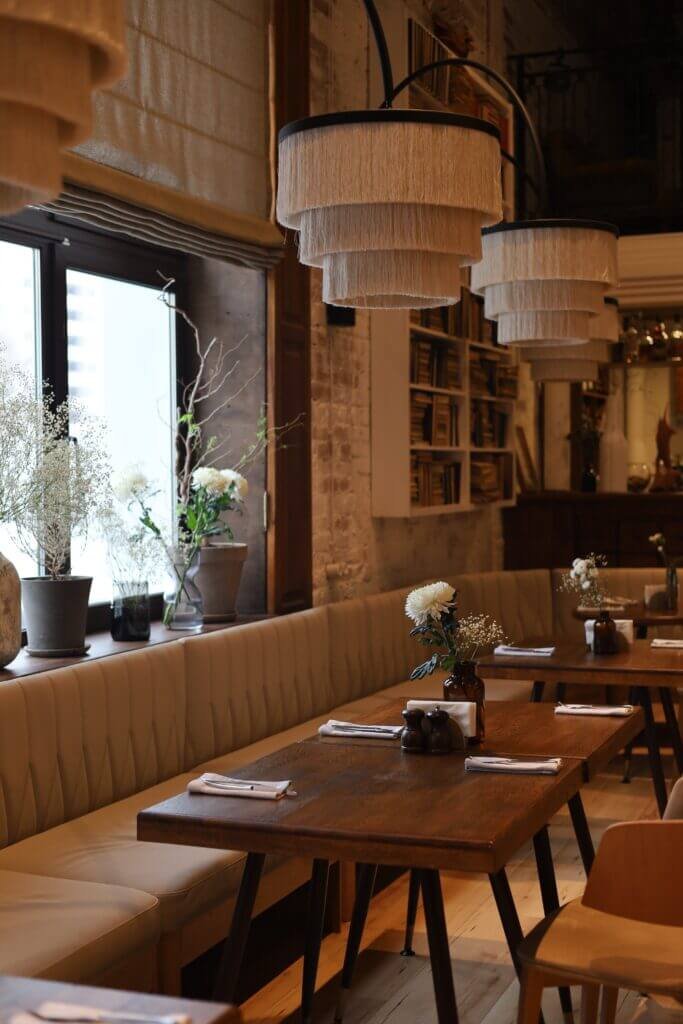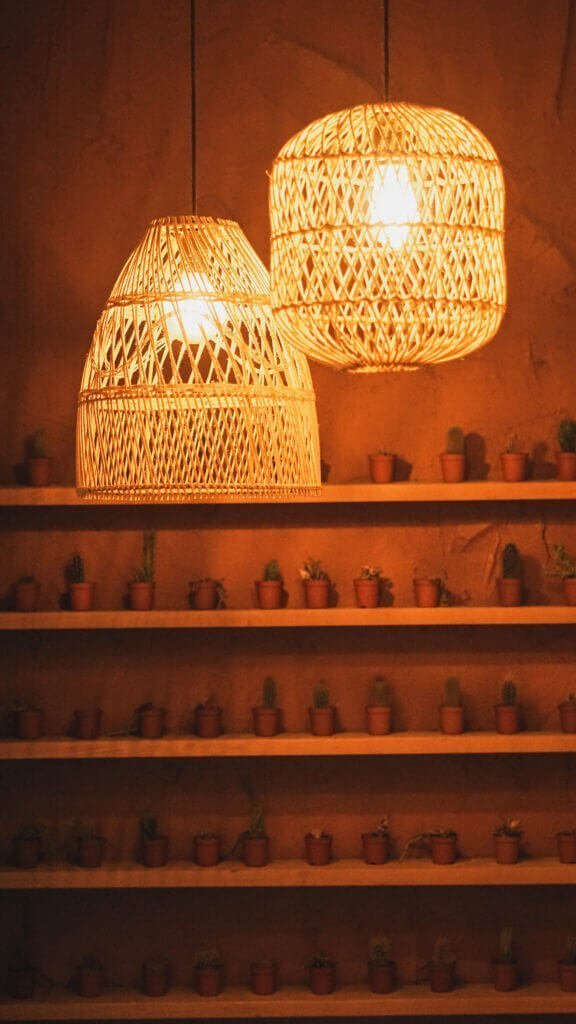How is jewellery made step by step procedure is here. Today, you will be taken on an enchanting journey into the intricate world of jewelry making. Step by step, we will explore the meticulous process behind transforming raw materials into dazzling masterpieces. From the initial design concept to the final polishing, you will gain insight into the craftsmanship and skill required to create stunning jewelry that captivates hearts and minds. So, fasten your seatbelt, grab your magnifying glass, and get ready to embark on a fascinating adventure in the realm of jewelry making.

How is jewellery made step by step
Designing Stage
In the initial stage of creating jewelry, the design process is essential. This is where your creativity comes into play as you generate ideas for unique and eye-catching pieces. You can draw inspiration from various sources such as nature, architecture, or even your own imagination. Let your ideas flow freely, as this is the foundation of the entire jewelry-making journey.
Once you have a few design ideas in mind, it’s time to bring them to life through sketching. Grab a pencil and a sketchbook, and start visualizing your ideas on paper. Sketching allows you to refine your designs, make adjustments, and explore different variations of your concepts. It’s a vital step to ensure that you’re satisfied with the overall aesthetics and proportions of your jewelry design.
To further refine your designs and get a clearer picture of how the jewelry will look in reality, computer-aided design (CAD) comes into play. This technology enables you to create digital models of your jewelry designs, offering a realistic representation of the final product. CAD also allows you to make precise measurements, incorporate intricate details, and experiment with different materials and colors. It’s a powerful tool that bridges the gap between imagination and reality, helping you visualize your jewelry design before physically creating it.
Material Selection
Once you have finalized your design, it’s time to carefully choose the materials that will bring your vision to life. Precious metals, such as gold, silver, and platinum, are popular choices for jewelry making due to their durability, beauty, and value. Consider factors such as color, hardness, and price when selecting the metals that will best suit your design. Each metal has its unique qualities and characteristics, so choose the one that aligns with your creative vision and the intended purpose of the piece.
In addition to metal, gemstones play a significant role in jewelry design. Gemstones come in a dazzling array of colors and cuts, making them ideal for adding a touch of sparkle and elegance to your creations. Diamonds, sapphires, emeralds, rubies, and many other gemstones offer endless opportunities for creativity and personalization. Consider the size, shape, and quality of the gemstones to ensure they harmonize with your design and enhance its overall beauty.

Casting
Once you have the design and materials ready, the casting process marks the beginning of transforming your design into a tangible piece of jewelry. Creating a mold is the first step in this stage, and it involves making a negative impression of your design. This mold will later be used to shape the metal for your jewelry piece. Skilled artisans use various techniques, such as silicone molds or lost-wax casting, to create precise molds that capture the finest details of your design.
Wax injection is the next step in the casting process. It involves injecting molten wax into the mold, which will take the shape of your design. This wax model serves as a prototype for the final jewelry piece. Artisans carefully inspect the wax model for any imperfections, making necessary adjustments before proceeding to the next stage.
Investment casting, also known as the lost-wax casting technique, is the final step in the casting process. The wax model is encased in a ceramic shell, which is then heated to remove the wax, leaving a hollow cavity. The molten metal is poured into this cavity, filling it completely and taking the precise shape of your design. Once cooled, the ceramic shell is broken away, revealing the solid metal jewelry piece.
Metalworking
After the casting process, the metalworking stage begins. This is where the jewelry piece takes its final shape and undergoes various techniques to achieve the desired aesthetics and functionality. Sawing is the first step, where the excess metal is carefully removed using a jeweler’s saw. This intricate process requires skill and precision to ensure the design remains intact while removing unwanted material.
Filing is the next step, where the jewelry piece is smoothed and refined using a file. Artisans meticulously file the metal to create smooth edges, refine contours, and perfect the intricate details of the design. It’s a labor-intensive process that adds precision and elegance to the final piece.
Soldering is an essential technique in jewelry making, where different metal components are joined together using heat and solder. This method allows artisans to connect various parts of the jewelry seamlessly, creating a cohesive and sturdy piece. It requires careful control of temperature and technique to ensure a strong bond without compromising the integrity of the design.
Forming is another technique used to shape the metal in jewelry making. It involves manipulating the metal using specialized tools to create curves, bends, and other desired forms. This technique allows artisans to add dimension and uniqueness to the jewelry piece, enhancing its aesthetic appeal.
Finally, polishing is the last step in the metalworking stage. Through careful buffing and polishing, artisans remove any imperfections, scratches, or oxidation from the metal surface, resulting in a smooth and shiny finish. Polishing can be done using various abrasives and polishing compounds, giving the jewelry piece a lustrous and flawless appearance.

Setting Gemstones
Setting gemstones is a skill that requires precision and expertise. It involves securing gemstones onto the jewelry piece, ensuring they are held firmly in place while allowing light to enter and showcase their brilliance. There are several techniques for setting gemstones, each offering a distinct look and level of security.
Preparing the setting is the first step in the gemstone setting process. Artisans carefully create a space within the metal to accommodate the gemstone, considering factors such as size, shape, and depth. This preparation ensures that the gemstone sits securely in the setting without any risk of coming loose.
Prong setting is one of the most common gemstone setting techniques. It involves using metal prongs to hold the gemstone in place, allowing maximum exposure to light. The number of prongs and their placement can vary depending on the design and gemstone shape. Prong setting offers a classic and timeless look, highlighting the gemstone’s beauty while providing excellent security.
Bezel setting is another popular technique that involves surrounding the gemstone with a metal rim, creating a secure and modern look. Bezel settings can be full or partial, with the metal covering the entire gemstone or only its edges. This setting technique offers exceptional protection to the gemstone while allowing the metal to frame and complement its beauty.
Channel setting is often used for smaller gemstones, such as diamonds or sapphires. In this technique, the gemstones are set within a channel created in the metal, secure and aligned side by side. This setting creates a sleek and elegant look, perfect for incorporating multiple gemstones in a seamless design.
Engraving and Texturing
Engraving and texturing add a personalized and artistic touch to jewelry, giving it depth, character, and uniqueness. These techniques can be done by hand or using specialized machines, each offering different effects and possibilities.
Hand engraving is a meticulous process that involves cutting or carving designs directly onto the metal using various engraving tools. Skilled artisans create intricate patterns, motifs, or messages, adding a personal and human touch to the jewelry piece. Hand engraving requires expertise and a steady hand to ensure precise execution.
Machine engraving utilizes computer-controlled machines to etch designs onto the metal. This method offers precision and consistency, allowing for intricate and complex patterns to be reproduced accurately. Machine engraving is often used for more intricate designs or when consistency is required in mass production.
Texturing techniques involve creating various surface finishes on the metal to add texture, depth, and visual interest to the jewelry piece. This can be achieved through techniques such as hammering, etching, or applying specialized tools to create patterns or textures on the metal surface. Texturing techniques offer endless creative possibilities, allowing artisans to evoke different moods and styles in their designs.

Finishing Touches
The finishing touches are essential to give the jewelry piece its final polish and enhance its overall appearance. These steps involve applying specific treatments to the metal, ensuring its longevity, beauty, and protection.
Applying a patina is a technique used to darken or highlight certain areas of the metal, adding depth and contrast to the design. It involves using chemicals or heat to create an oxidized or aged look, giving the piece a vintage or artistic appeal. Patinas can be selectively applied to enhance specific details or applied overall to achieve a desired overall effect.
Electroplating is a process wherein a layer of metal is deposited onto the surface of the jewelry piece using an electric current. This technique provides additional protection to the base metal, enhances its appearance, and can even change its color. For example, gold-plating can be used to give a piece a golden finish, even if the base metal is silver or copper.
Cleaning and polishing are the final steps in the jewelry-making process. Through various methods, such as tumbling, ultrasonic cleaning, or hand polishing, artisans remove any residue, dirt, or fingerprints from the surface of the jewelry piece. This step brings out the full luster and shine of the metal and gemstones, ensuring that the piece looks impeccable and ready to be worn or displayed.
Quality Control
Ensuring the quality of the jewelry piece is crucial, as it determines its durability, functionality, and overall value. Quality control involves rigorous inspection and testing to identify any defects or issues that need to be addressed before the piece is deemed complete and ready for use.
Inspecting for defects is the first step in quality control. Artisans thoroughly examine the jewelry piece, paying attention to details such as solder joints, stone settings, and overall craftsmanship. Any irregularities, imperfections, or weaknesses are identified and rectified to ensure that the final piece meets high standards of quality.
Testing stones is another important aspect of quality control. Gemstones are carefully examined for authenticity, quality, and durability. Various tests, such as checking for hardness, color consistency, and light refraction, are conducted to ensure that the gemstones meet the required standards. This step guarantees that the gemstones used in the jewelry piece are genuine and of the highest quality.
Ensuring proper functionality is the final step in quality control. For pieces with moving parts, such as clasps or hinges, artisans diligently test them to ensure smooth operation and durability. All elements of the jewelry piece are assessed for proper fit, secure connections, and ease of use. This step ensures that the piece not only looks beautiful but also functions as intended, providing maximum comfort and enjoyable wearing experience for the wearer.
Final Touches
Attaching clasps and chains is the final step in the jewelry-making process. These components are carefully secured to the piece, completing the overall design and functionality. Clasps are essential for necklaces, bracelets, or anklets, providing a secure closure and ease of wearing. Chains, on the other hand, add length and adjustability to the piece, allowing it to be worn comfortably and styled according to personal preference.
Adding customization is an optional step that offers a personalized touch to the jewelry piece. This can include incorporating initials, birthstones, or engravings that hold sentimental value for the wearer. Customization allows the piece to become a cherished heirloom or a thoughtful gift for a loved one.
Packaging the jewelry piece is the final touch before it reaches its intended recipient. Careful attention is given to the packaging, ensuring that it reflects the beauty and quality of the piece inside. Luxurious boxes, pouches, or wrapping materials are used to provide an exquisite presentation, making the unveiling of the jewelry piece a truly delightful experience.
Conclusion
Craftsmanship and artistry are at the heart of jewelry-making. It is a meticulous and intricate process that requires both technical skill and creative vision. From the initial design stage to the final touches, jewelry-making involves a harmonious blend of innovation, precision, and passion.
The beauty of handmade jewelry lies not only in the materials and techniques used but also in the stories and emotions it carries. Each piece is a testament to the artisan’s dedication and expertise, resulting in a unique and treasured work of art. Whether it’s a dazzling engagement ring, an elegant necklace, or a meaningful charm bracelet, handmade jewelry embodies a personal touch that invites admiration and holds a special place in the hearts of those who wear it.



